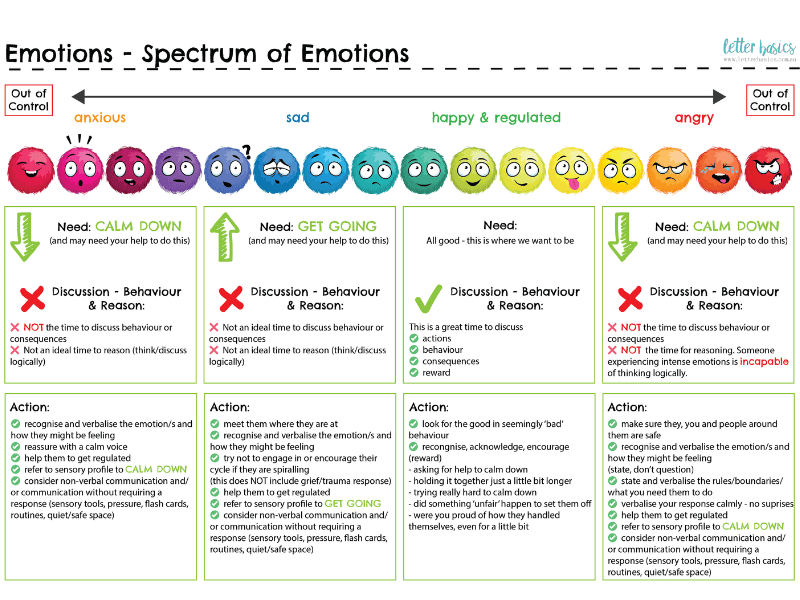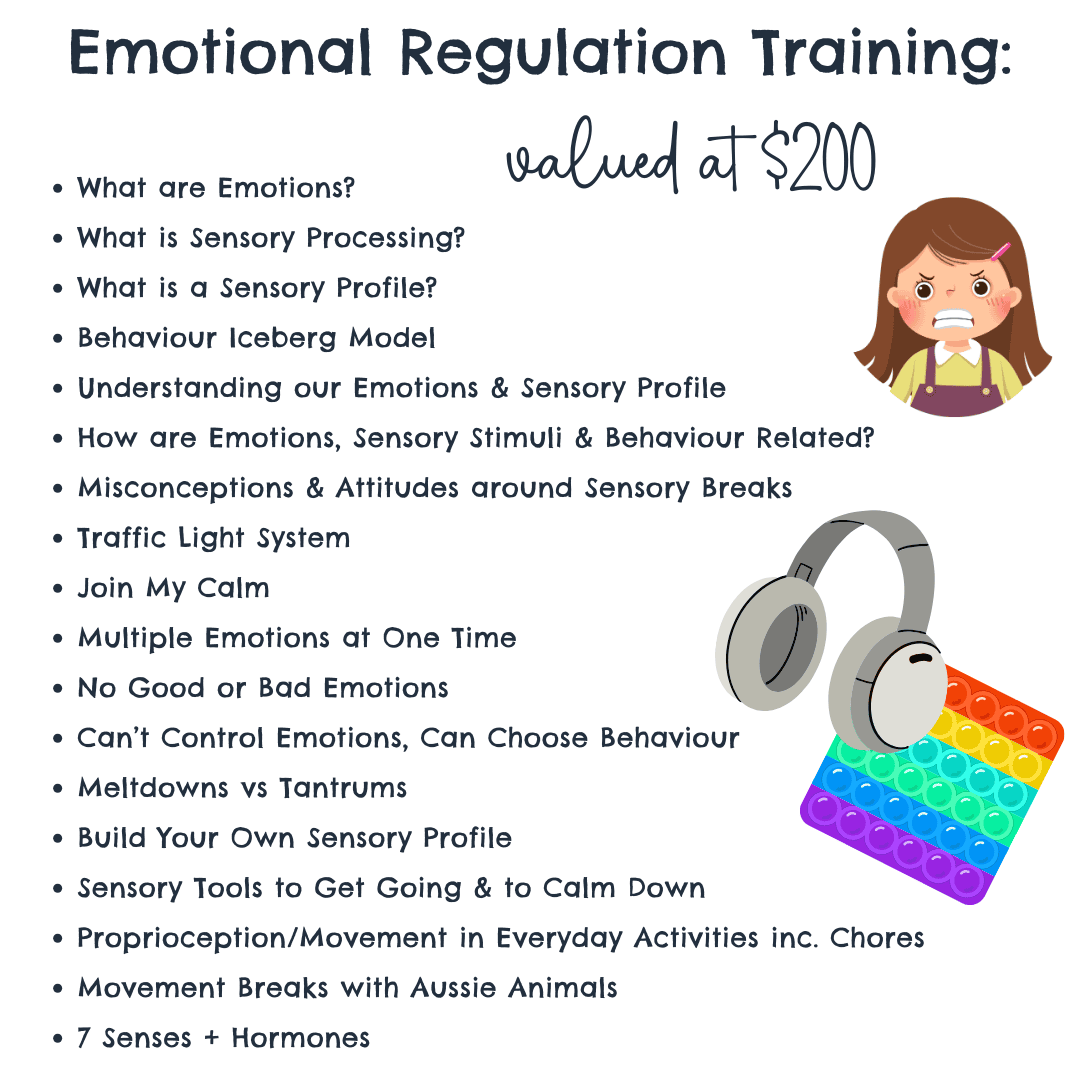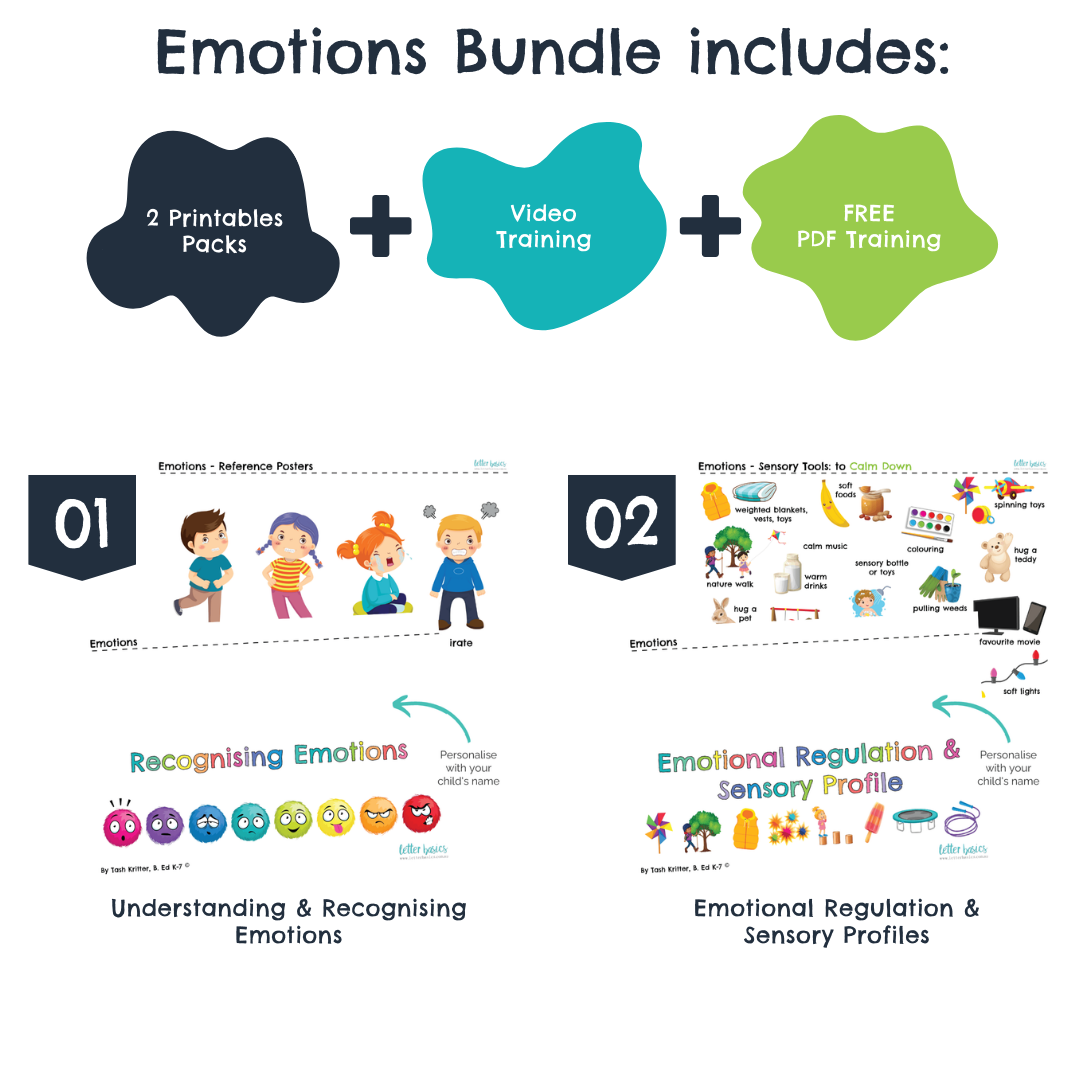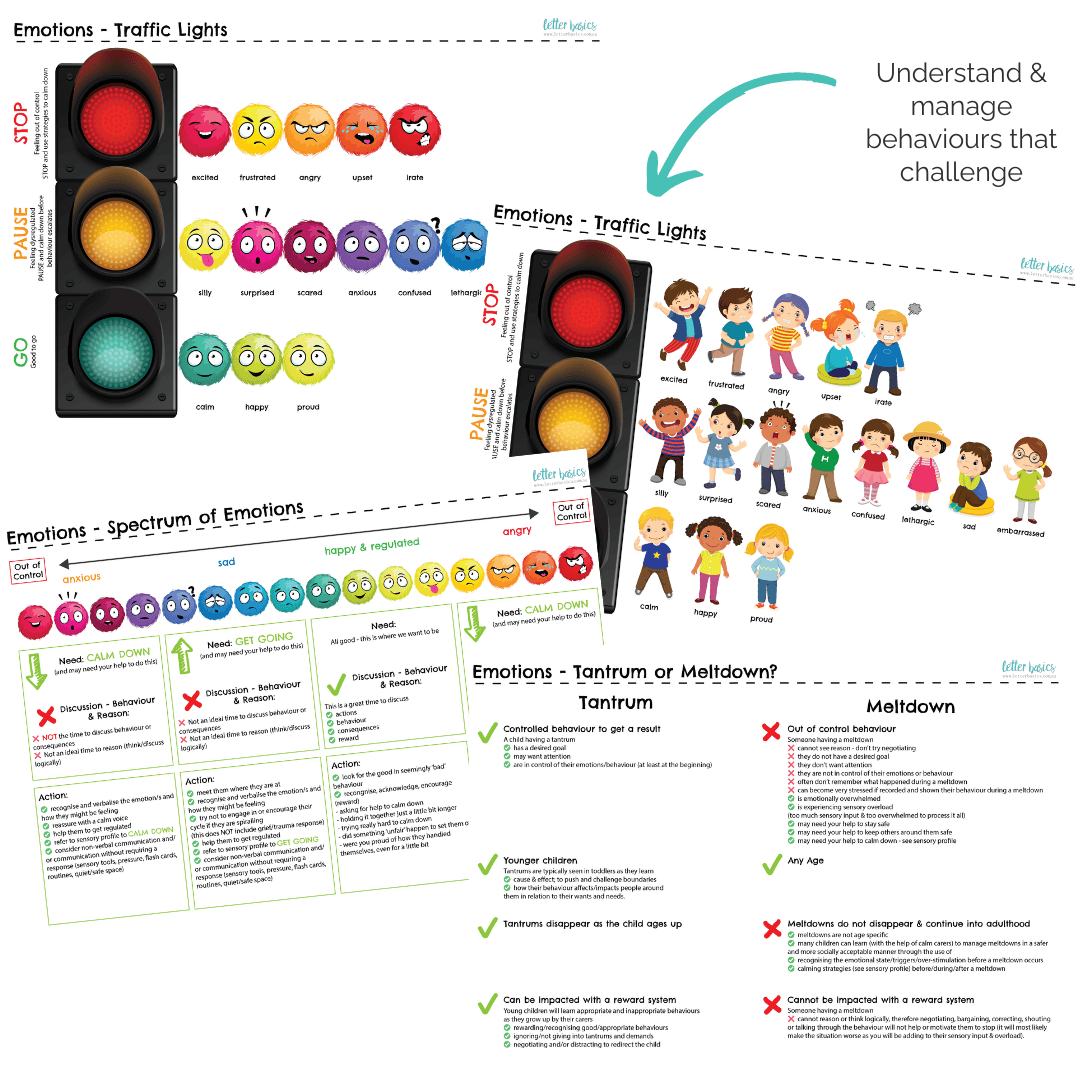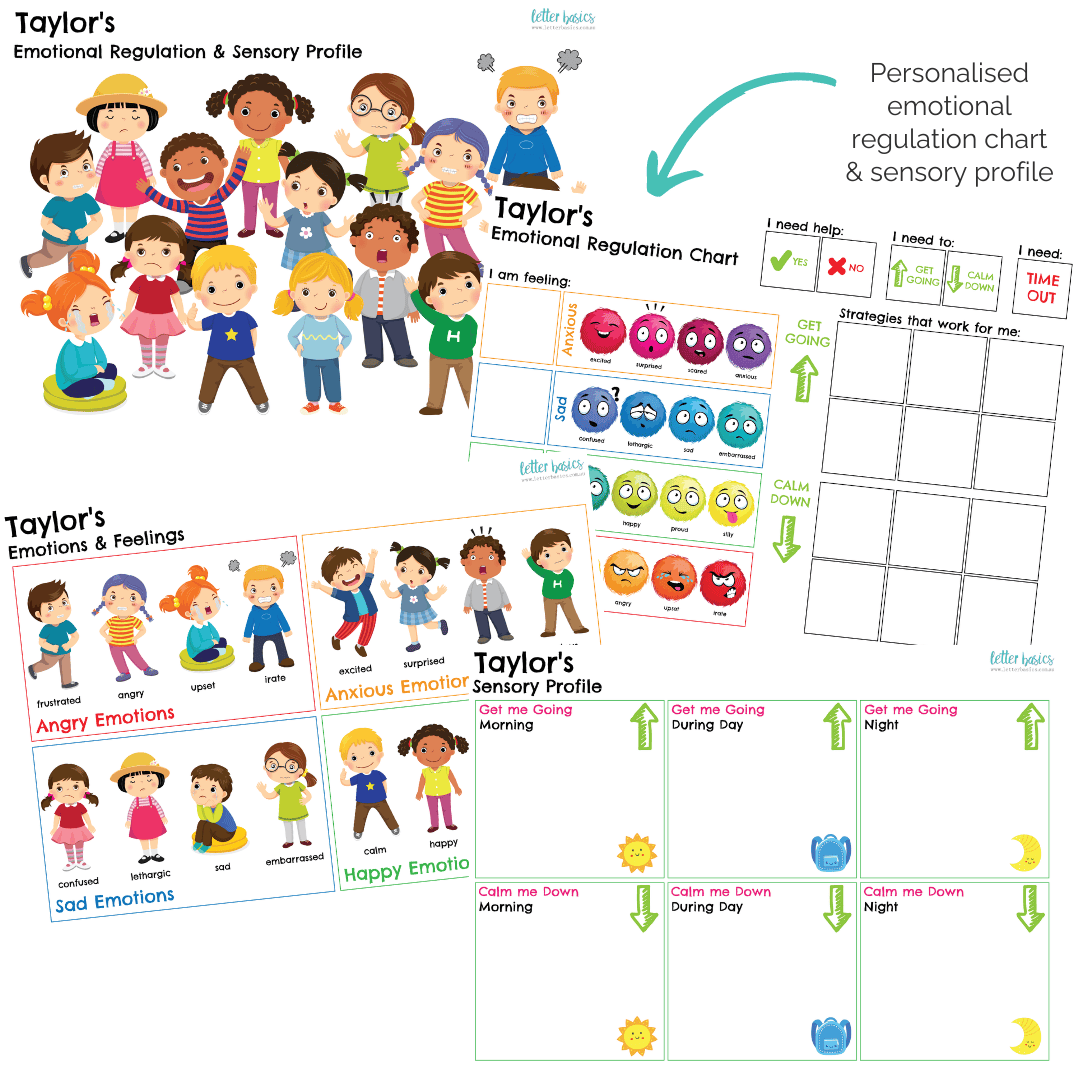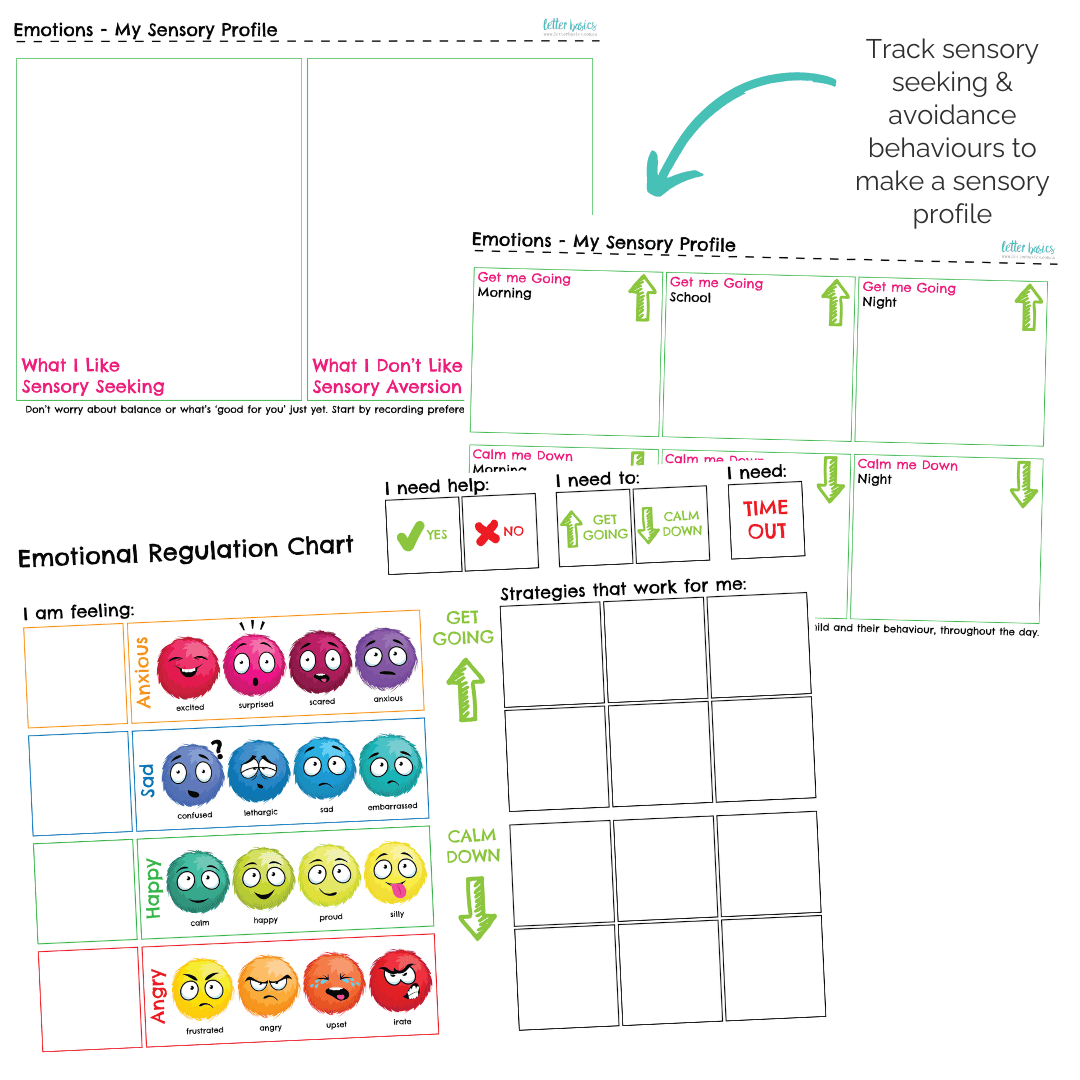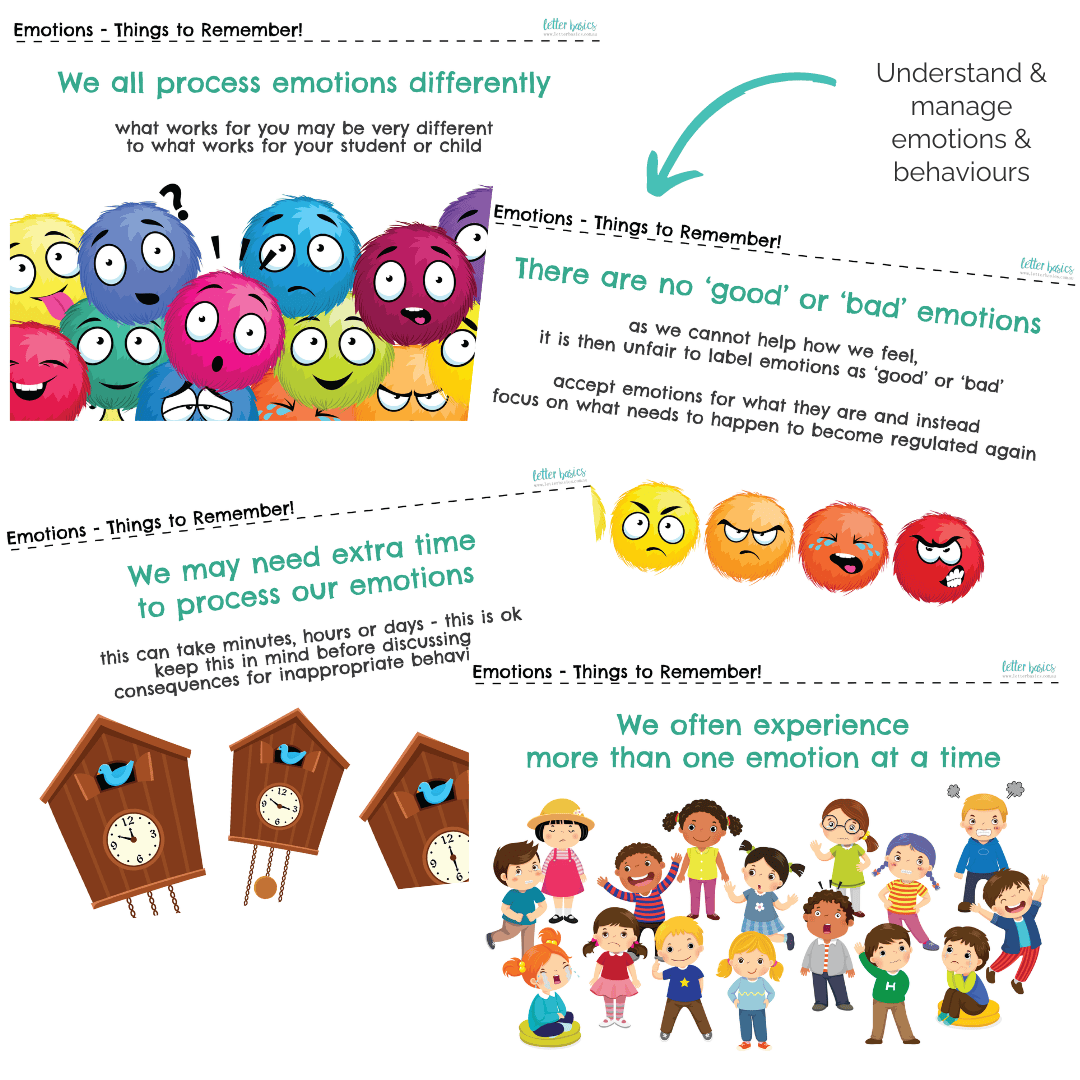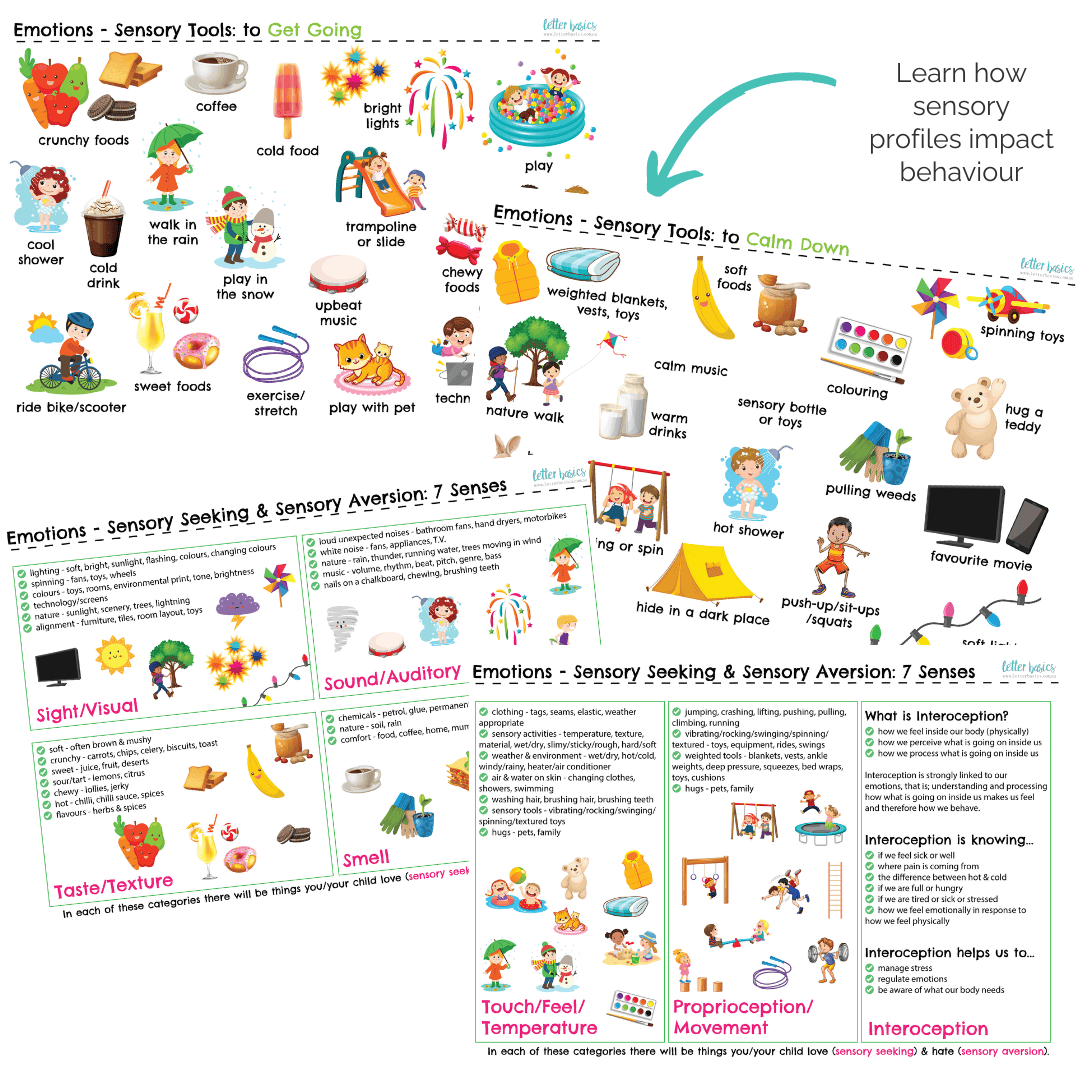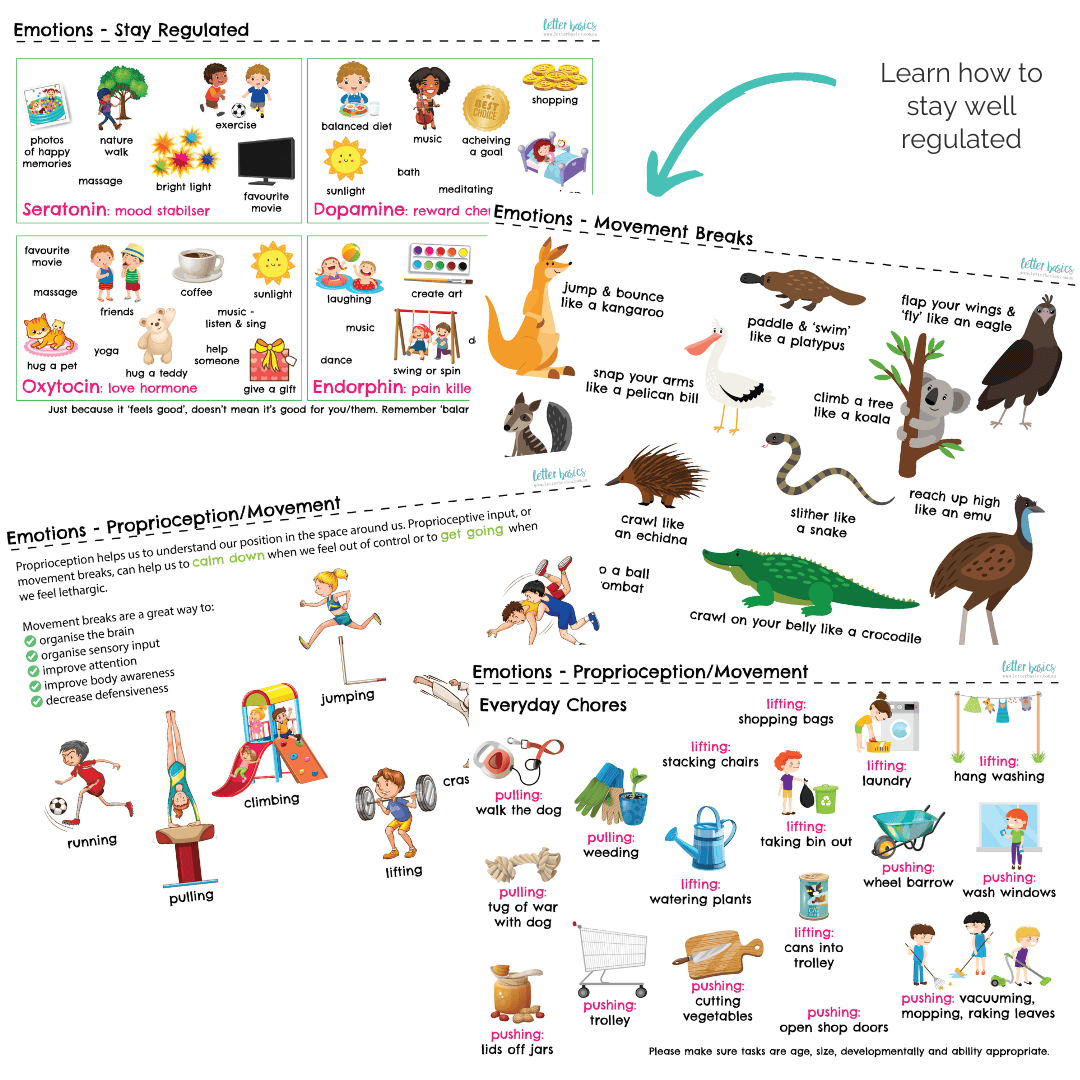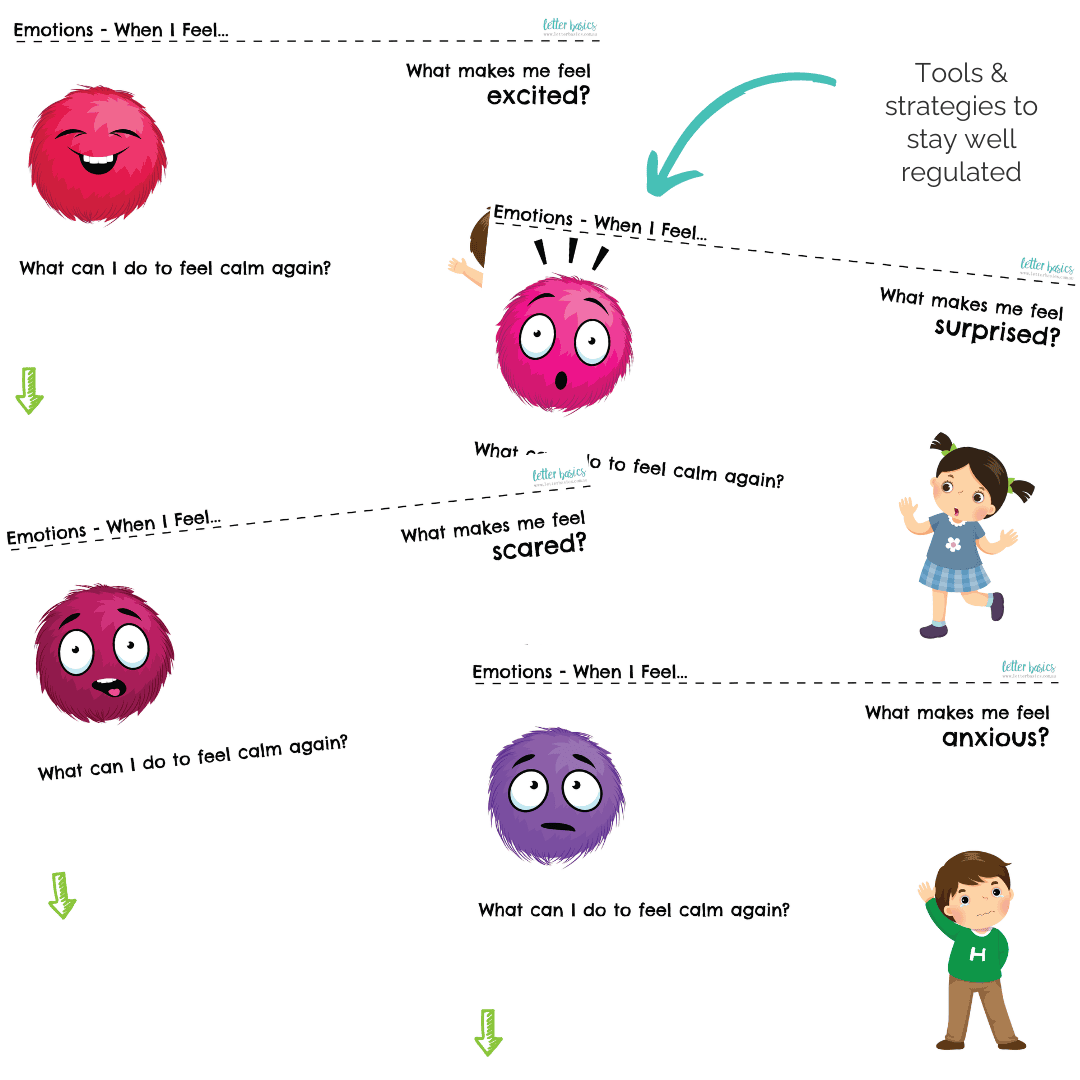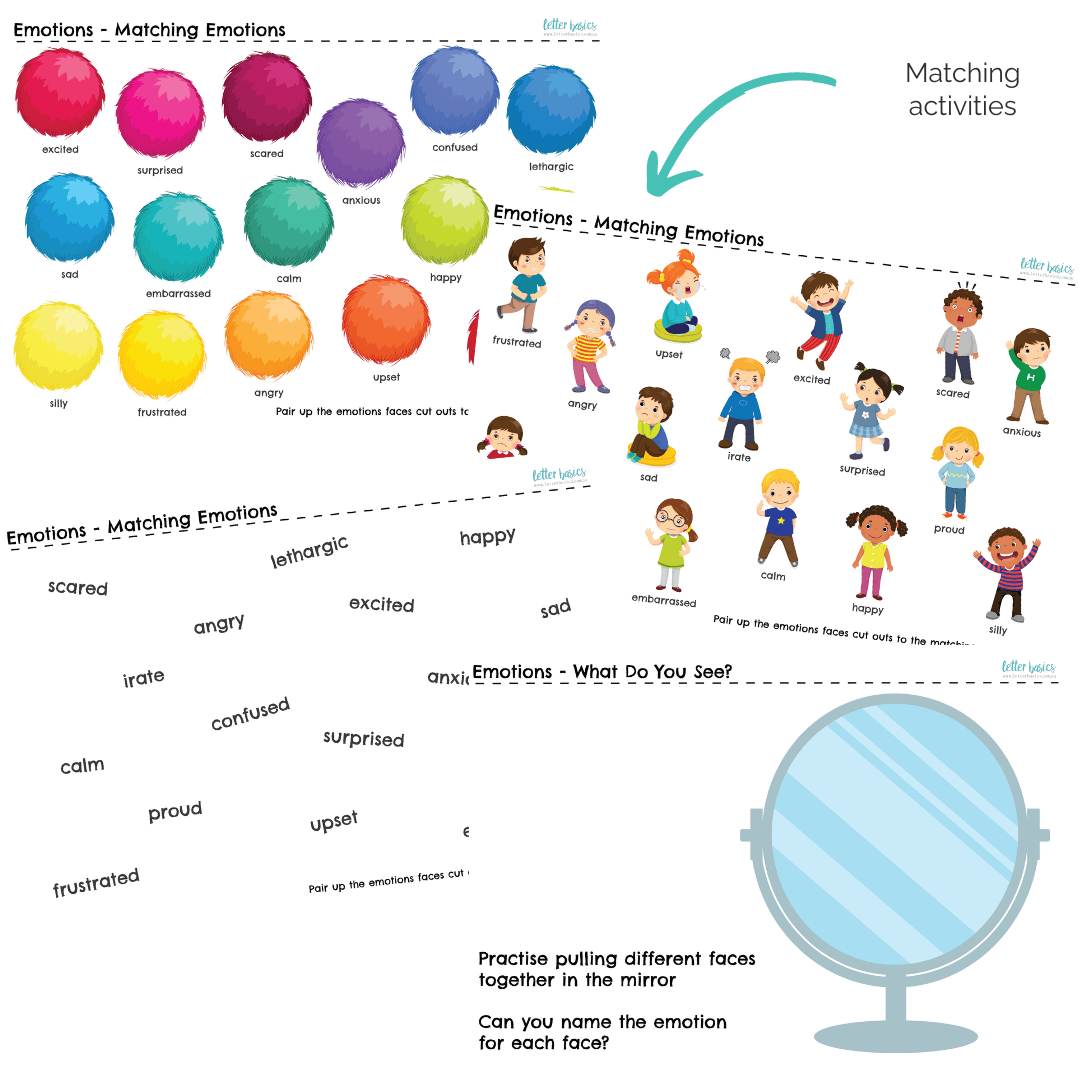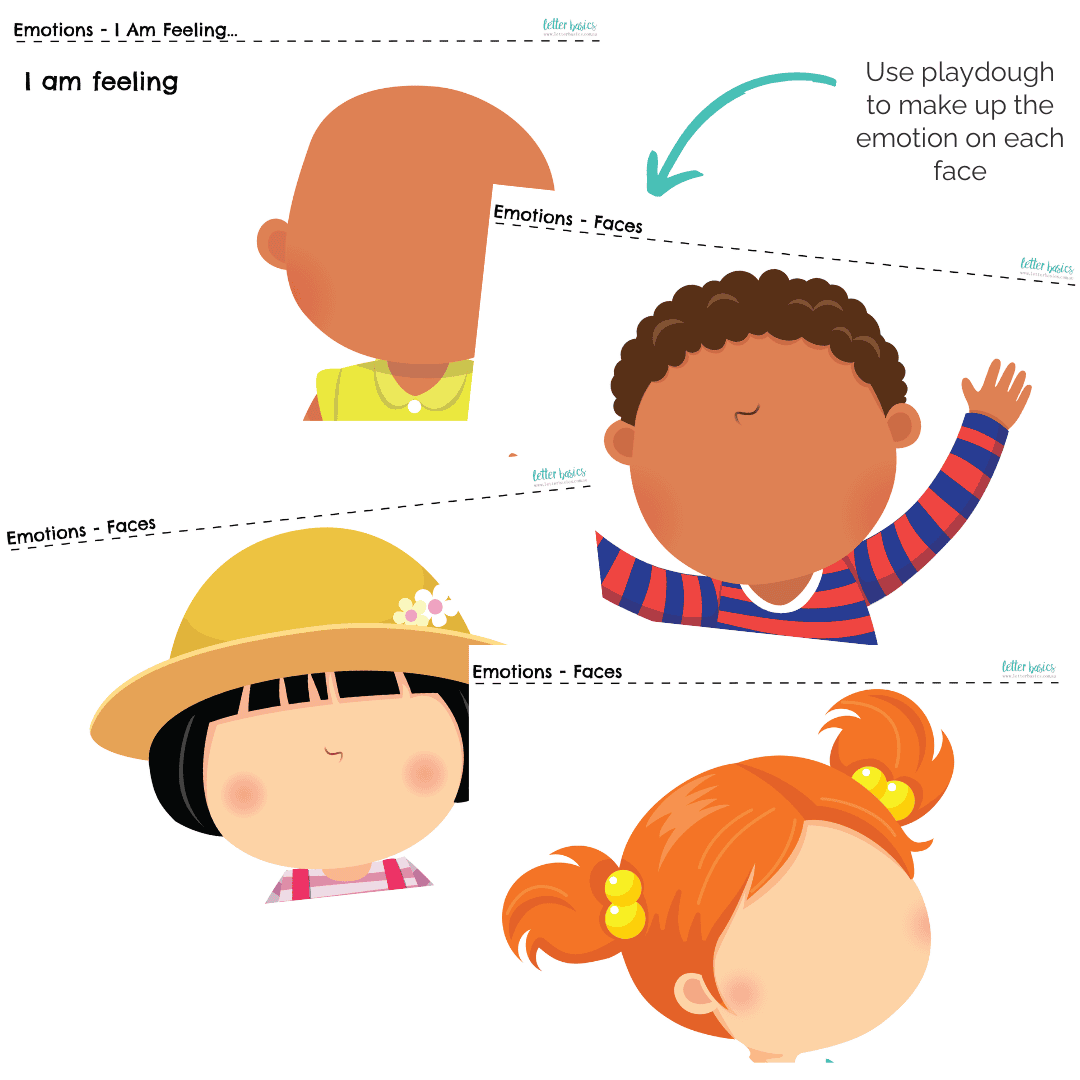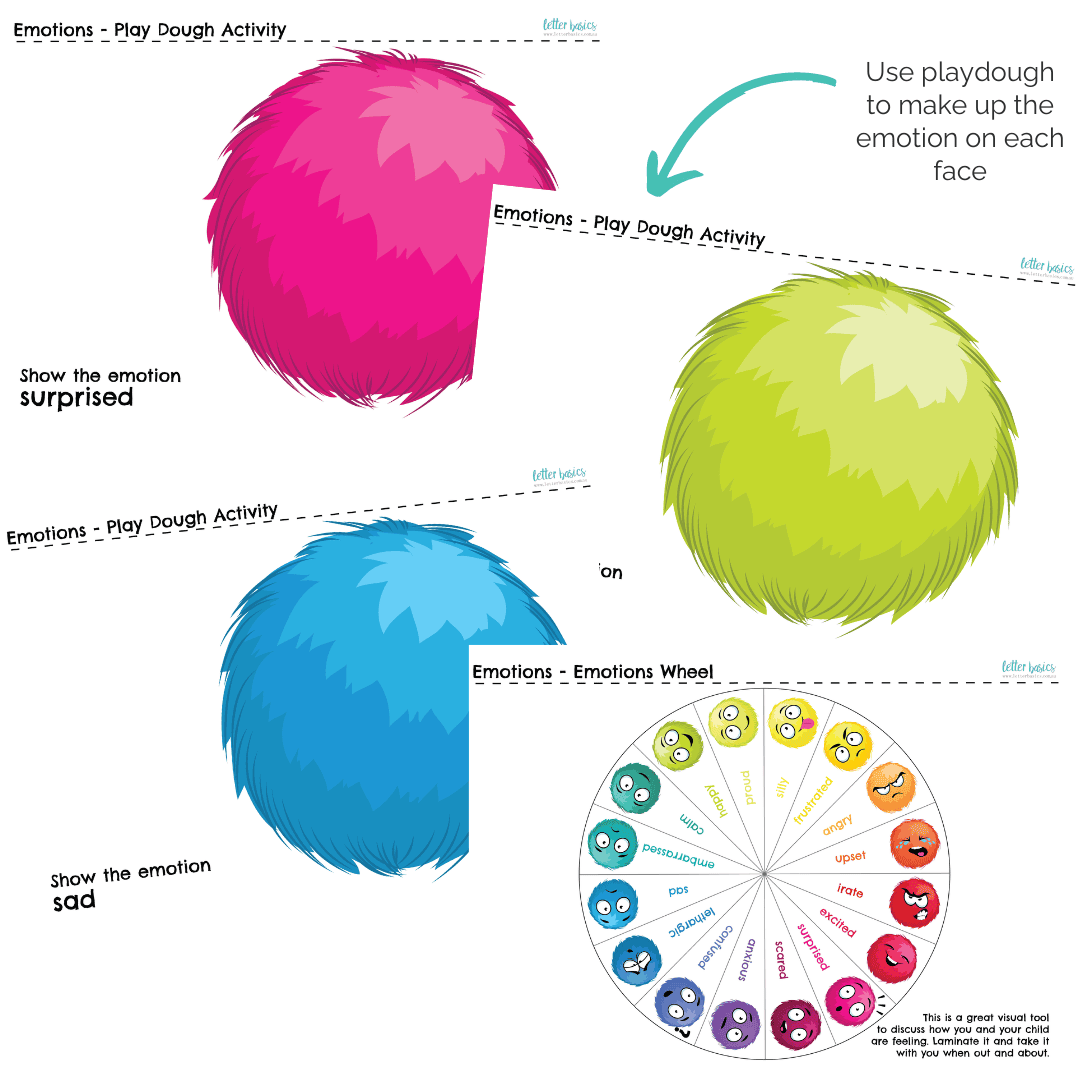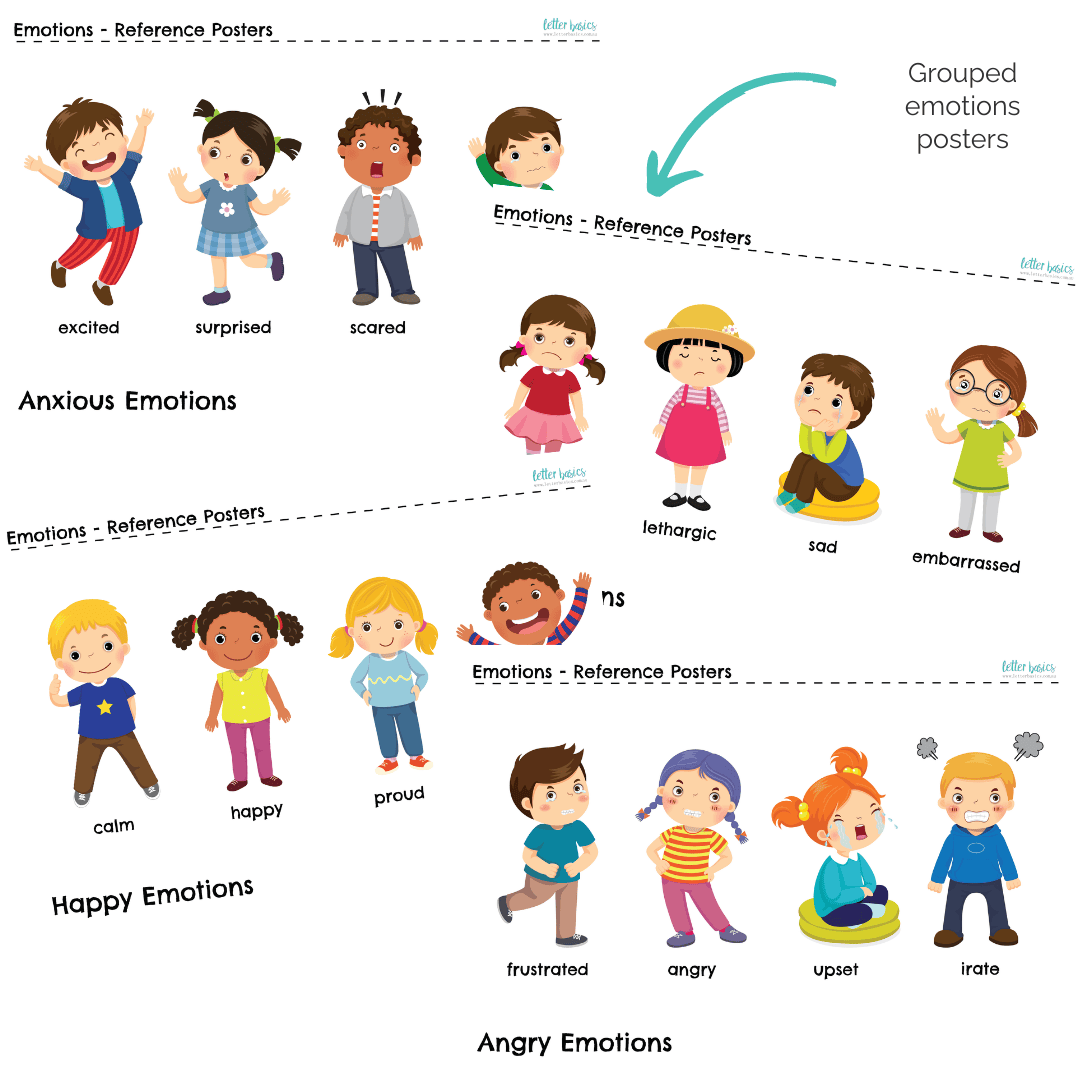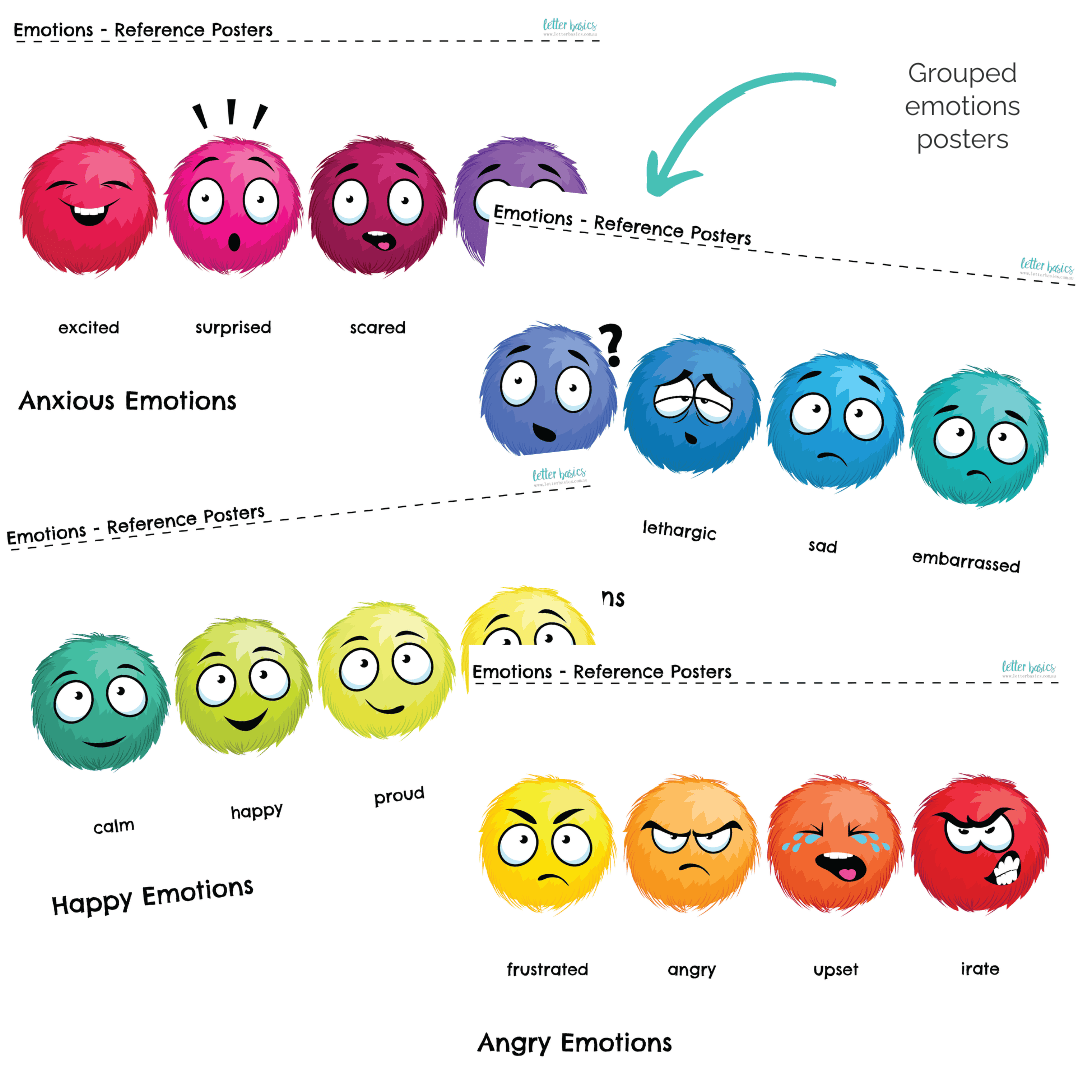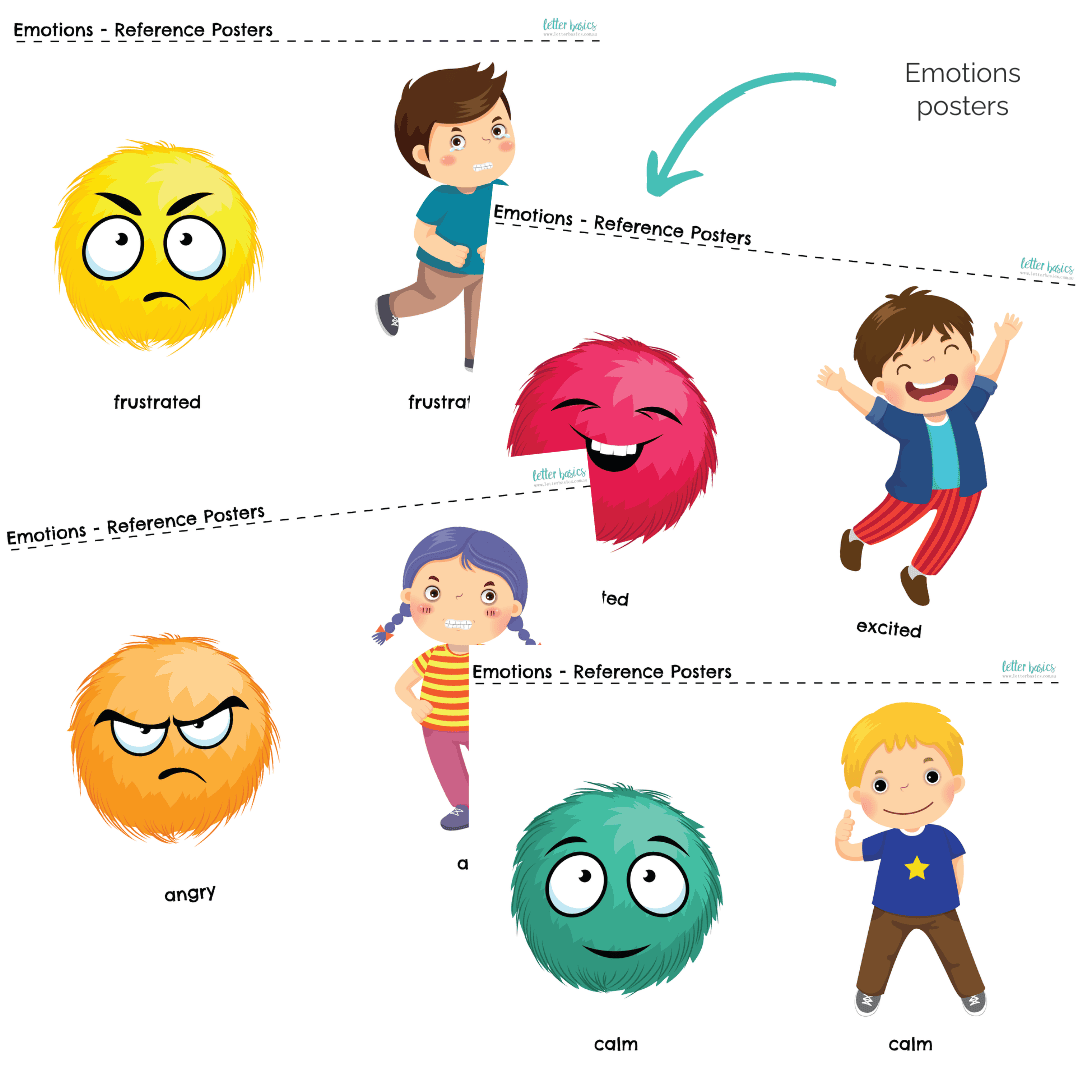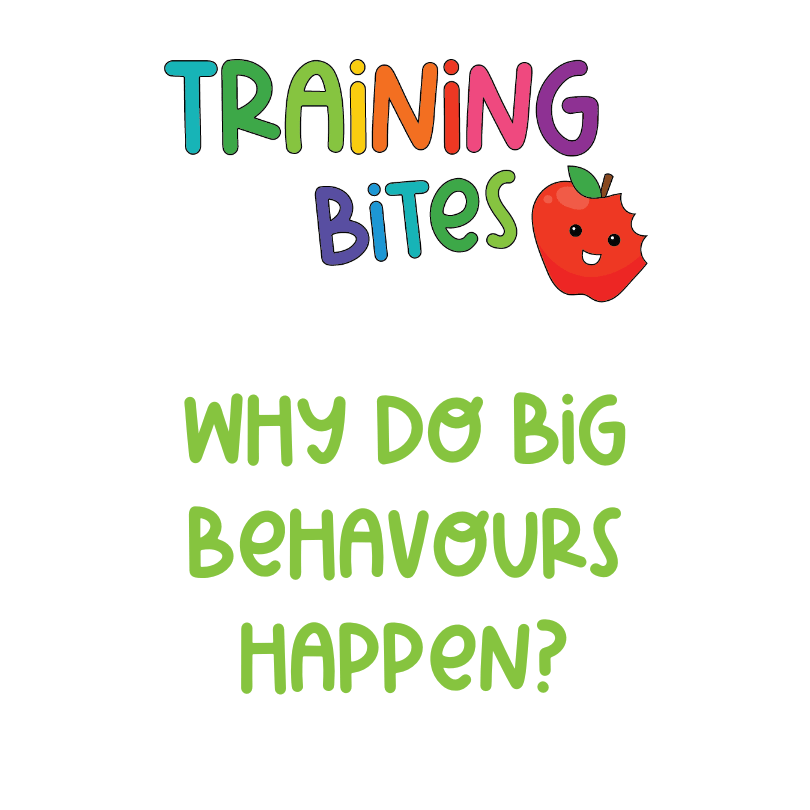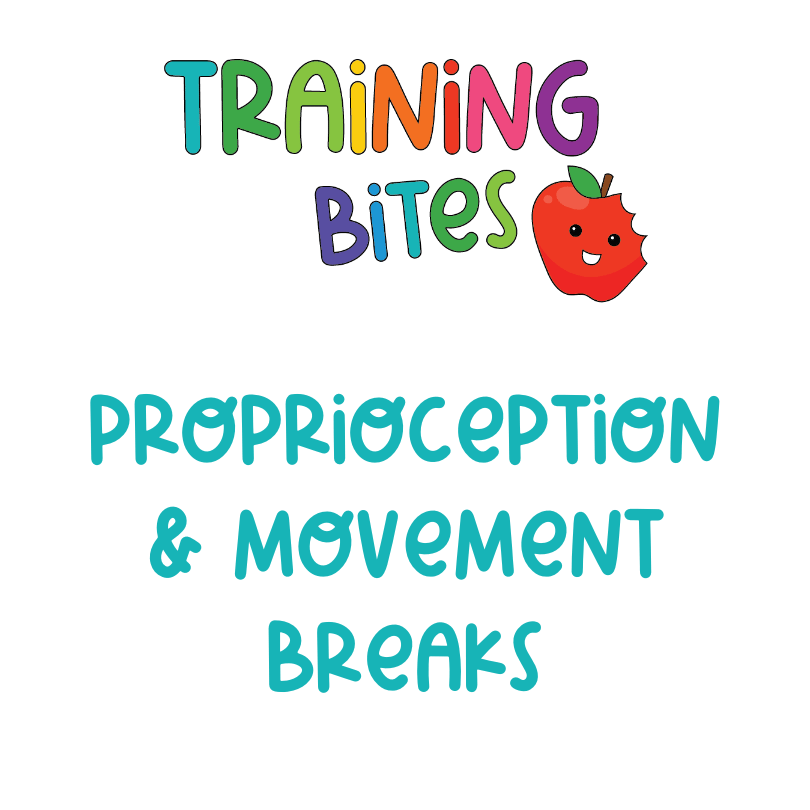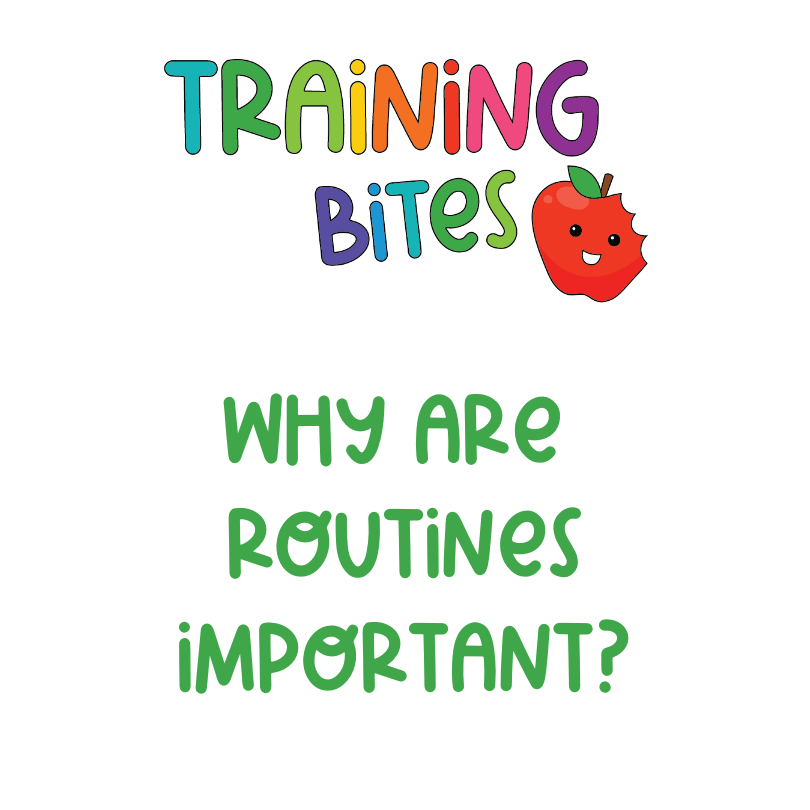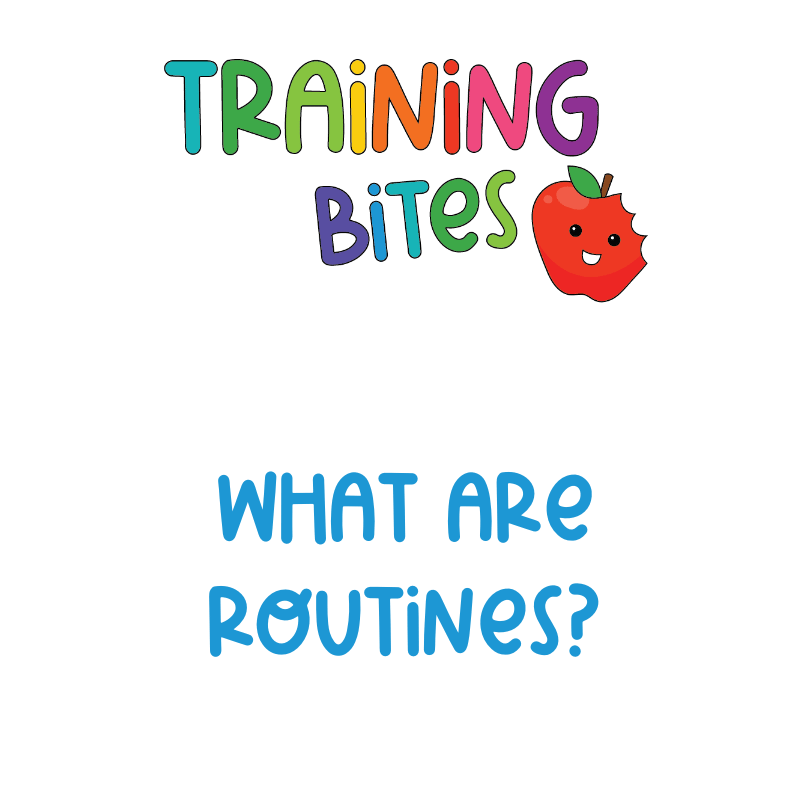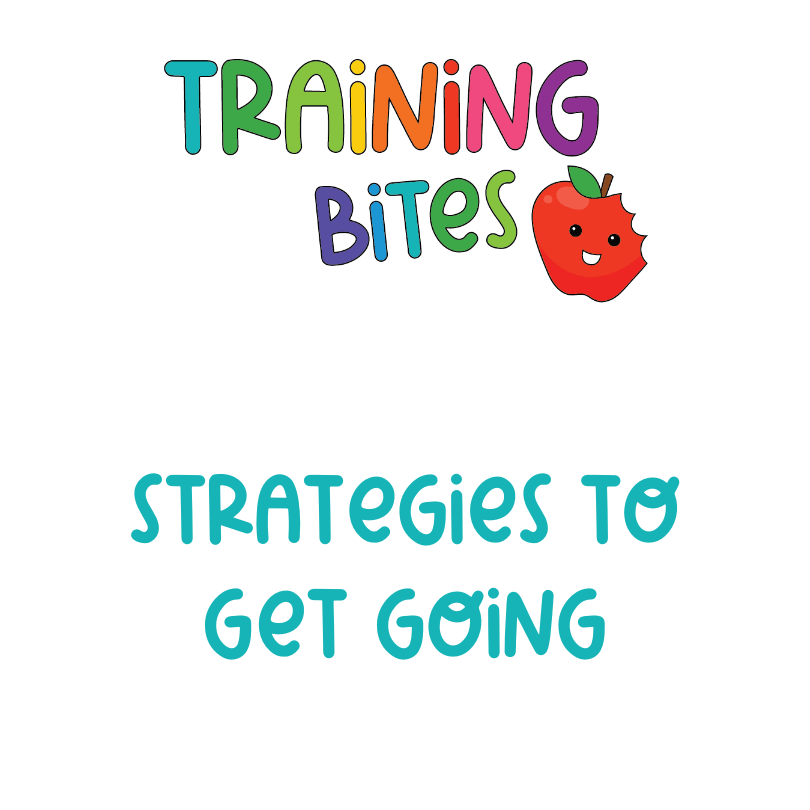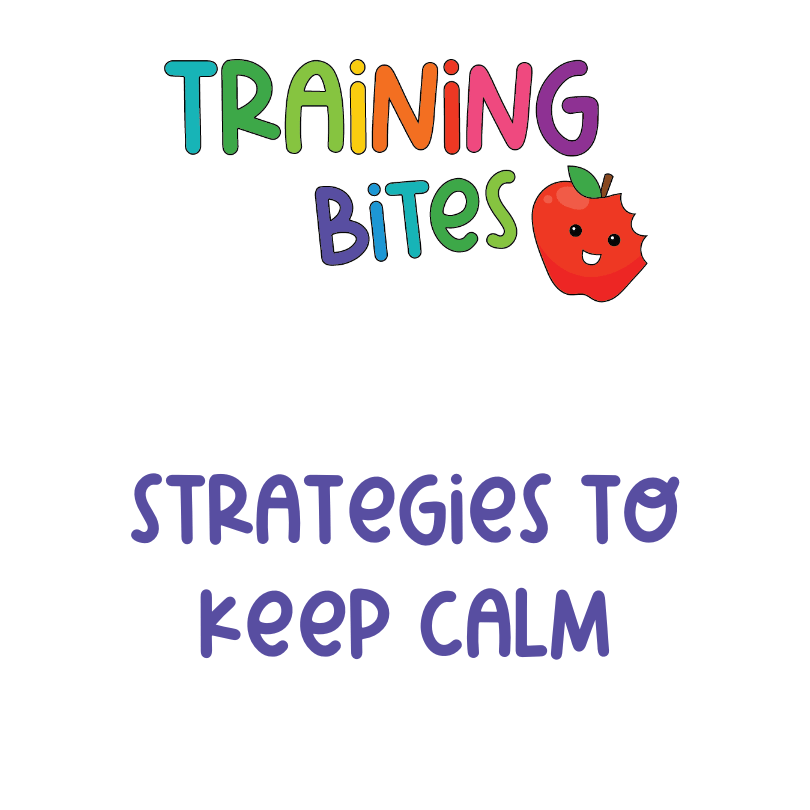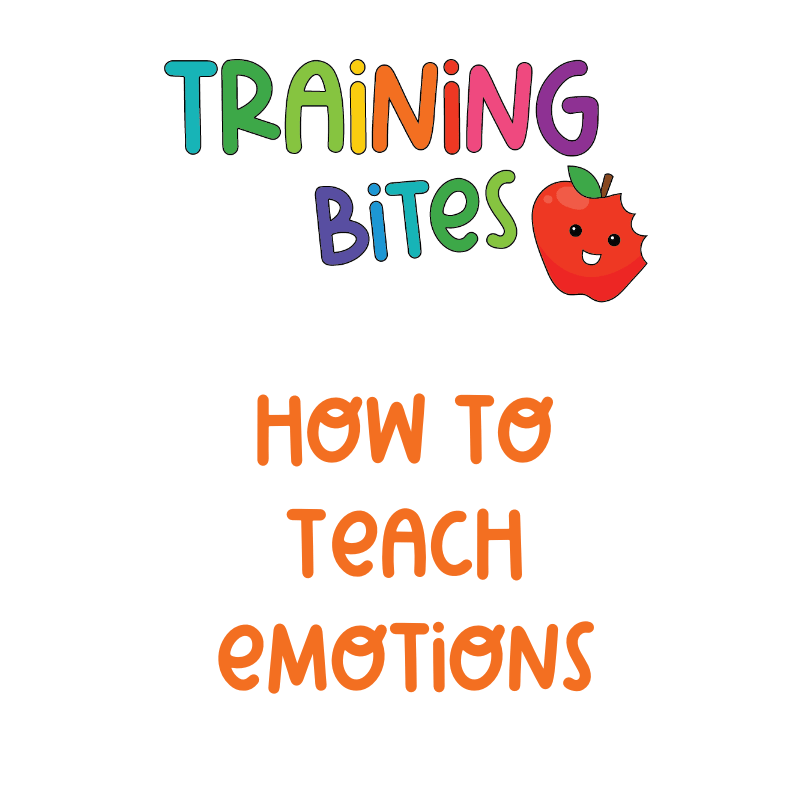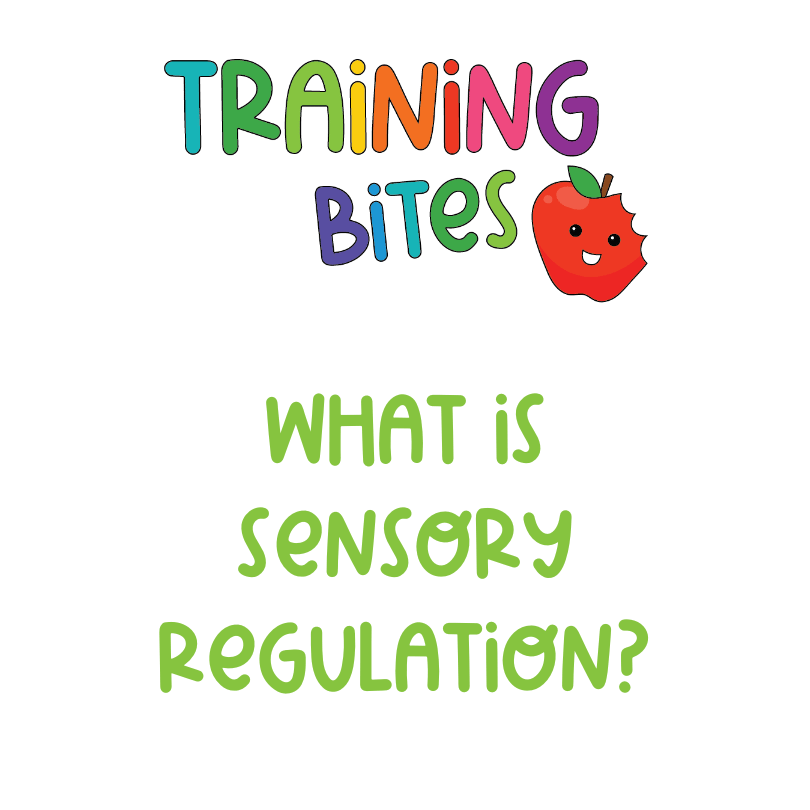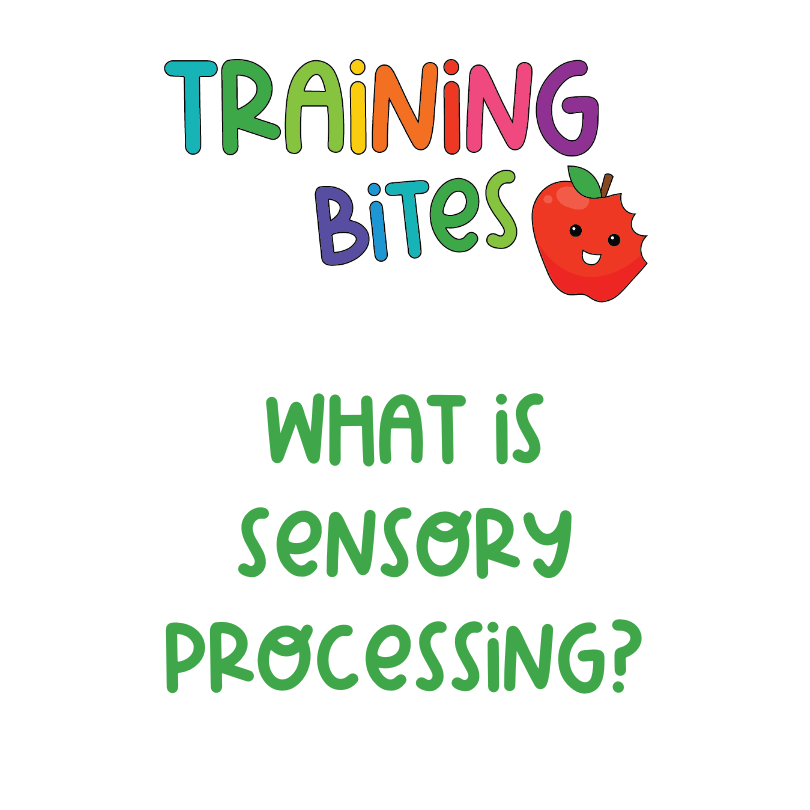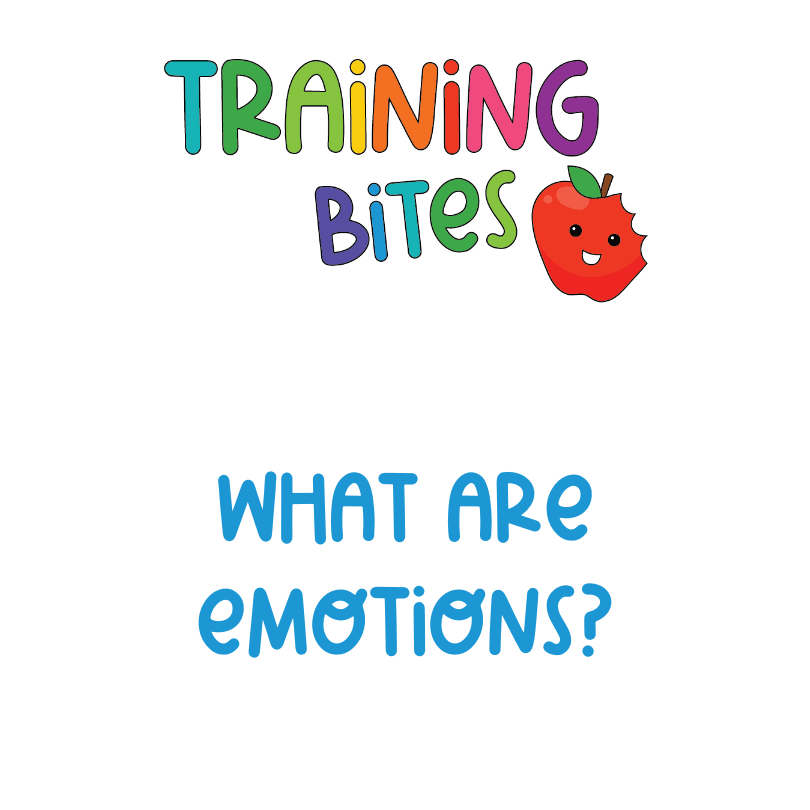Understanding Big Behaviours
I strongly believe that all behaviours are a form of communication… it just sometimes takes us a while to figure out what is being communicated.
Big Behaviours happen when we can’t self regulate and when we are
- Emotionally overwhelmed
- Experiencing sensory overload
What Can it Look Like When Someone is Not Coping
- Flapping/stimming
- Covering ears or eyes
- Rigid body, tight fists, red face
- These behaviours can indicate that someone is not coping and may therefore lead to a meltdown, but this is not always the case.
Explosive Meltdowns can look like
- screaming
- kicking
- biting
- running
- throwing
Silent Meltdowns can look like
- blank
- floppy
- tin soldier
- silent
- unresponsive
In both cases the child is not ok
What Can You Do?
- When we see behaviours change (flapping, face changes, body gets ridgid, starting to shut down) to indicate increased stress or frustration, we can try different sensory tools and strategies that to help get them back to a state of calm
- Ideally, we aim to catch these behaviours, and apply self regulation strategies (although they may need your help) to calm them down before they escalate into a full-blown meltdown
- Meltdowns can’t be ‘fixed’ as such, and you may just need to wait it out
- Some kids don’t naturally sit in the ‘green zone’ and need loads of movement breaks to stay regulated – this is their normal
- Some kids will be calm and happy and with little to no warning, they switch into a full meltdown – do the best you can to manage this – it’s hard!
Strategies that might help
- Distraction and redirection
- Movement breaks
- Headphones to dull auditory input
- Sunglasses to dull visual input
- Reducing noise where possible
- Reduce lighting where possible
- Limit touch (especially light touch)
- Taking them by the hand to a quiet corner
- Proprioception – applying deep pressure (where you have permission from the parents and another person with you for accountability)
Please note:
- What worked yesterday might not work today
- You might make meltdowns ‘worse’ when trying to figure out what tools & strategies work for you and your child. This is ok – you are both learning.
- It’s hard and it sucks but there’s no set ‘this will definitiely work’ rule for each kid.
What not to do during a meltdown
- Don’t match pace & volume when a child is escalating
- Don’t talk down to the child or get in their space
- Don’t discuss behaviours or ‘red’ choices while the child is escalating, out of control or while calming down
Please note: (during a meltdown)
- This is not the time for discussion.
- They can not process what you are saying while in that heightened state of overwhelm
- You’ll just be adding to their sensory overload
- Talk (hours) later when they are calm – this will depend on their ability level too.
Find this printable in Little Wooden Toybox’s Emotional Regulation and Sensory Profiles
Autism Parenting Podcast:
Join Tash as she talks about day-to-day life with Autism; the sucky bits and the wins, plus tips for enjoying life despite the challenges.
Emotional Regulation & Sensory Profiles Bundle
Printables | PDF Training | Video Training | Digital Download | $238 now $79AU
✅ stay calm & well regulated
✅ get organised
✅ gain independence
✅ make home life calmer and happier 💖
Training Bites Library:
Advocating for kids who see, process and experience the world differently with ‘bite size’ pieces of information to help teach and understand a variety of behaviour, education and life skills topics.

